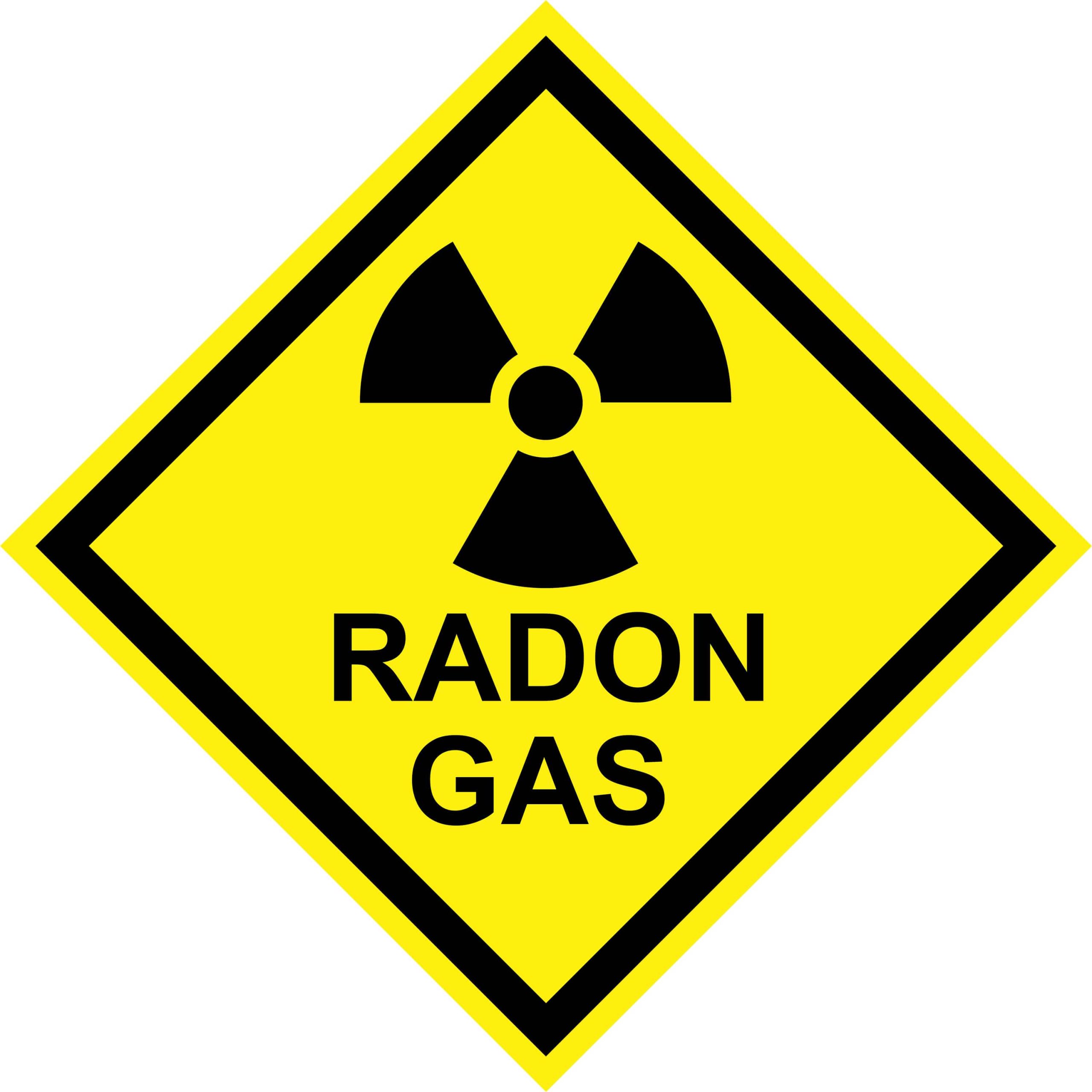
Guard Against Radon Gas in Your Home
Radon is a naturally occurring element. Elements like uranium and thorium decay, emitting radon as a by-product. It is entirely natural and commonly found all around the world, which is to say it’s as safe as arsenic and rattle-snake venom. Radon normally exists in a gaseous state and cannot be tasted, smelled, or seen. And yes, there is a reason you should guard against radon gas in your home.
An Odorless Offender
When radon gas begins to collect in a home, it can cause harm to the health of the residents. The EPA states that radon gas is a carcinogen and can increase the probability of lung disease in people who are regularly exposed. Unlike natural gas, which is brought into homes by pipes and can be scented with a foul, “rotten-egg” smell to help people notice the hazard of gas leaking into their house, or carbon monoxide that can be detected with a typical combination smoke/carbon monoxide detector, radon detectors are not a common household tool.
Although the threat of radon gas is real, it does not need to cause panic. It is possible to detect and, if present, remediate and remove radon gas from a home. Here are a few ways to guard against radon gas in your home and protect your family’s health.
Know Your Risk Level
The EPA website offers a “radon map” of the United States of America. This gives an easy guide to see if where you live in the country may have a heightened risk for exposure to radon gas. Radon gas testing should be done on all houses, but a home in Zone 1 may require more monitoring than a home in Zone 3. Both new and existing homes are at risk for radon gas exposure.
Test Your Home
As mentioned earlier, the threat of radon gas is real. Thankfully, the solutions and ability to detect it are close at hand. When looking to purchase a home, a home inspector can perform a test to detect the levels of radon gas in the house. Turn the HVAC system off and seal all doors to get an accurate reading of the air in the home. You can also get a radon detector for periodic testing for very low cost, or even free! Try searching for “free radon test (put your state here)” to see if your state offers them.
Home radon tests are simple to use. It should come with thorough instructions, so please read them carefully. You may be required to wait at least 24 hours after any storm, to keep doors and windows closed except for normal use, and to make sure that there were no indoor exhaust fans running during the testing period. The test itself is a small plastic vial, a little smaller than the palm of my hand. The lid of the test is removed, and the test remains in place in the home for 24-48 hours (your test’s time may vary). Then the vial is sealed and sent back for processing. Results will be mailed to you after testing is complete.
Radon Result Reaction
If levels of radon gas in your home are above acceptable levels, again, don’t panic or feel frightened. You can access radon gas remediation through a licensed radon remediation professional. When looking for a company that can perform radon remediation, the EPA’s “Consumer’s Guide to Radon Reduction” suggests that you seek out companies that are specifically certified to deal with things like radon gas. Ask for their certifications/qualifications when getting cost estimates. The guide also recommends checking in with your state’s radon office for information on any companies that offer radon remediation.
The type of action taken will greatly depend on how your home is built with a focus on the type of foundation your home has. Technicians may perform tests to inspect and detect the air flow around and beneath your house to see where radon may be entering your home. In some cases they will recommend sealing cracks in the foundation that may have been caused by shifting over time and have allowed radon gas to enter the home. There are several different methods of radon removal and/or remediation. However, they are mostly concerned with venting any possible radon out and away from your home’s interior.
One of the most common methods, called “subslab suction” runs a vent pipe from underneath your home’s foundation up to the roof. A vacuum is created in the pipe so that it is constantly drawing up any radon gas underneath your house and venting it safely outdoors, bypassing the interior of your house entirely. Unfortunately, you cannot completely remove the source of radon gas. However, modern radon reduction technology can greatly reduce any threat to your household. Overall the solutions are unobtrusive and once installed, typically require very little maintenance.
In Home Radon Detectors
There are radon detectors available at the consumer level for homeowners that would like to keep an eye on levels throughout the years. BestReviews.com lists several different radon detectors, many of which pair with a phone app to relay information.
Guard Against Radon Gas in Your Home
When it comes to radon gas, forewarned is forearmed. Get your home inspected for radon gas and, if high levels are detected, seek out radon remediation to return your home’s interior air to a safe range. Radon gas cannot be seen or smelled, but it is a real threat that needs to be taken seriously as it can cause cancer. The process of lowering radon levels in a home involves venting any radon gas away from your home’s interior, and is largely non-intrusive. If you wish, you can install radon detectors in your home, but they are typically not necessary. Take the time to test your home for radon gas. You will find your efforts rewarded with the knowledge that your home is safe.


